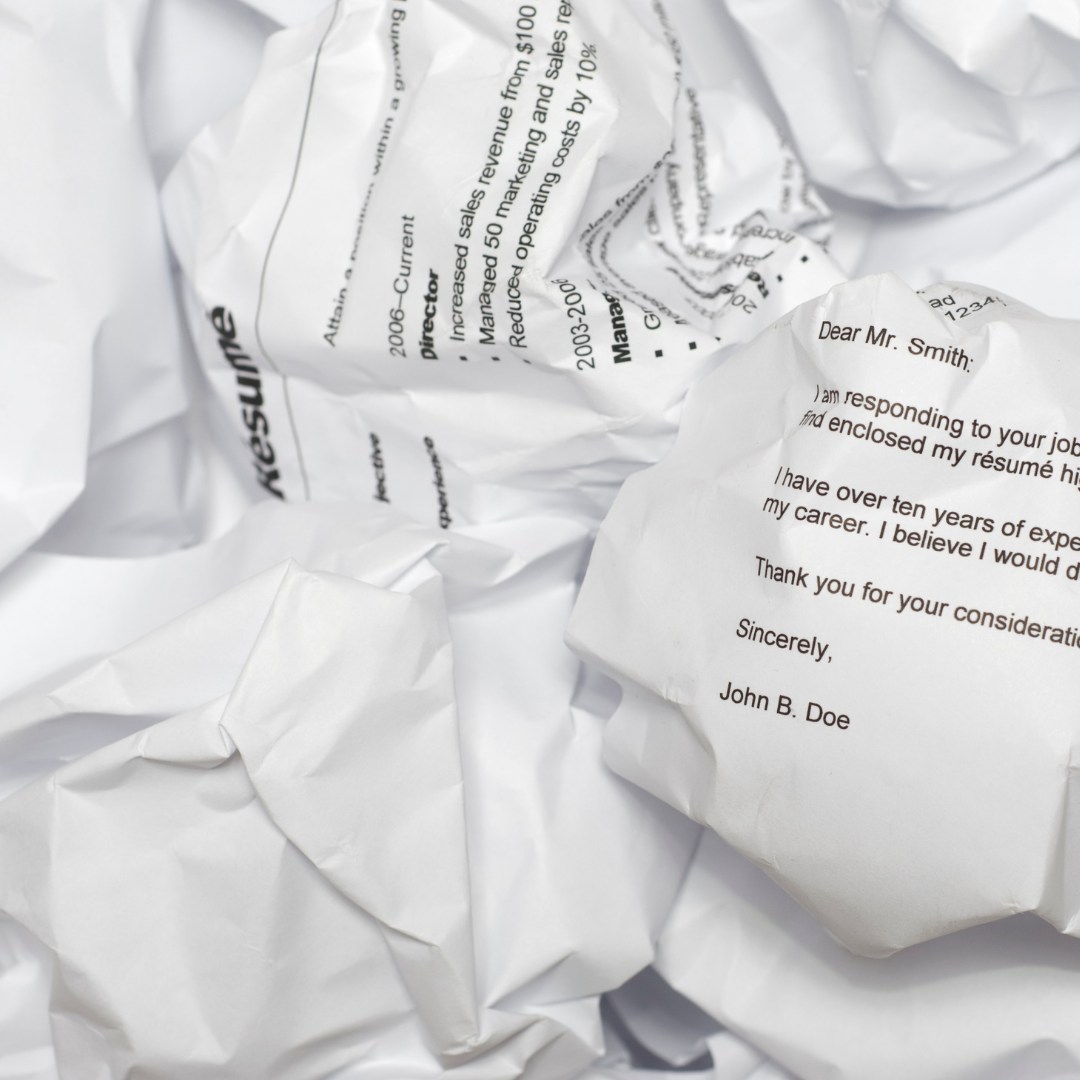Have you ever heard the saying, “You never get a second chance to make a first impression”? Generally speaking, for employers that request you to submit a cover letter, it’s the first thing they will see. This means that it is the first impression your prospective employer will have of you, so it has to be both convincing and grammatically correct.
Your cover letter is meant to differentiate you from other candidates and to be used as a tool to to pitch yourself and your relevant experience/transferable skills, highlighting why you’re the best candidate for the role.
Here are some tips to help you nail your next cover letter:
- Address who you’re speaking to
Addressing who you’re speaking to sets a tone of respect for the rest of the document, and also aids in making a good first impression. Try to find out who the hiring manager or recruiter is, and address them by name. I would suggest avoiding writing, “to whom it may concern” as it seems disingenuous. If you can’t find anyone’s name specifically, feel free to put, “dear hiring manager,” or my personal favourite, “dear (insert company name) recruitment team,”.
- Tailor it & use keywords!
No two jobs you’ll apply for will be exactly the same. Your cover letter shouldn’t be either. You’ll want to slightly tailor your cover letter for every job you apply for, and choose a few important skills or responsibilities from the job description provided to you, and explain how you can fulfill them, pulling from examples from your previous experiences.
Bonus points if you use keywords from the job description!
- Do your research!
You probably hear this all the time but research really is so important (and by the time you’ll be prepping for the interview, you’ll already be a pro!). It’s important to showcase in your cover letter the main reasons why you want to work for the company you’re applying to. This doesn’t have to be long, I’d say 2-3 sentences is a pretty safe rule of thumb, but use this to share with the company which of their mission and values resonate with you, explain why, and demonstrate how this could translate into you being a great fit within their organization.
- End with a call-to-action.
Adding a CTA to your cover letter leaves the reader with ‘something’, and encourages them to take action after reading. Use this opportunity to reiterate your interest in the role and your eagerness to connect with someone from the company in the near future.
Here’s a good example:
I am confident that my relevant skills and experiences can bring a new perspective to (insert company here)’s (insert team you would be working on here) team and allow me to boldly contribute to the (insert role you’re applying for here) position.
Thank you for your consideration and I look forward to discussing my qualifications and the role in more detail.
- Proofread… please!
The last thing you want is a spelling or grammar mistake, or worse, the name of another company in your cover letter (yes, I’ve done this. Please learn from my mistake). Proofread your cover letter and run it through a reliable spell check to make sure everything is correct and exactly how you want it.
Bonus Tip: Focus on giving the company a solution (hiring you) to their problem (having an open position). In your cover letter, you should focus more on how you can help them vs. how they can help you.
Final Thoughts
Here’s a fact about cover letters: If an employer is asking for one, it matters. Nailing yours could be your ticket to the yes pile instead of the maybe pile.
Cover letters aren’t necessarily hard, they just take some time and effort to get it right.
Now that you have some tips, go nail yours!
You got this!
